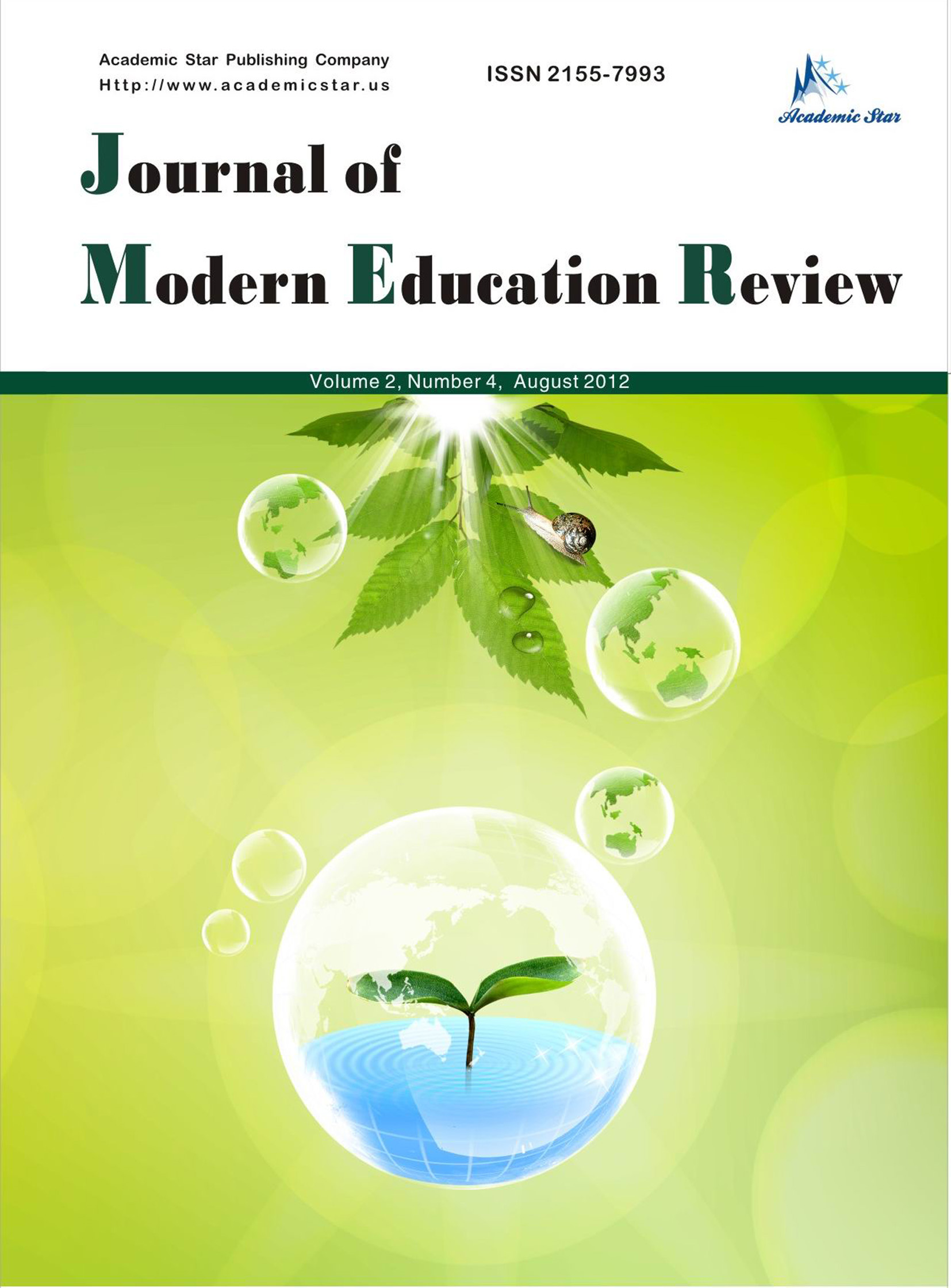
- ISSN: 2155-7993
- Journal of Modern Education Review
Abstract: The new paradigm of information technology provides technological resources and digital media that privilege communication and access to information. However, digital technologies have little explored potential in the teaching-learning process. Flipped classroom and rotation by learning station methodologies are blended learning modalities that combine online teaching with classroom activities. The present work aims to analyze the main challenges, difficulties and the good points of the application of the flipped classroom methodology and the rotation by learning stations by a group of IFTM high school and technical teachers, based on the records made by these teachers. Among the biggest difficulties encountered by teachers are the preparation of appropriate material to make available in the virtual environment, the time taken to prepare the activities, lack of motivation and lack of commitment of some students (20–30%) who did not access the virtual environment. Some teachers had difficulty managing time at each of the learning stations and also noted the difficulty of working in groups for some students. However, these blended learning methodologies proved to be effective enabling more autonomous moments of online study, allowed better use of class time with practical activities and better learning outcomes. Flipped classroom and rotation by learning station methodologies favor innovation in teaching practices and allow the development of student's new skills.
Key words: blended learning, flipped classroom, station-rotation model, activities methodologies.






